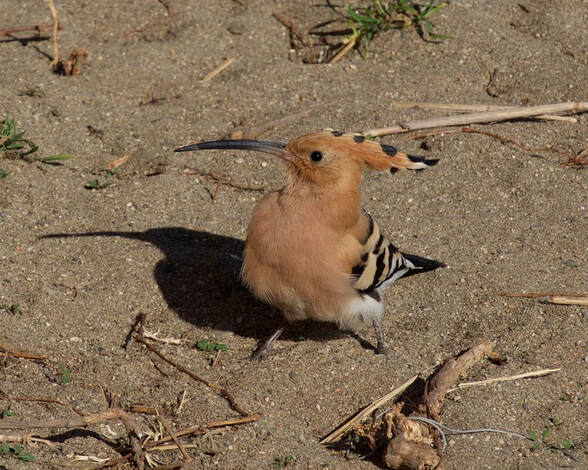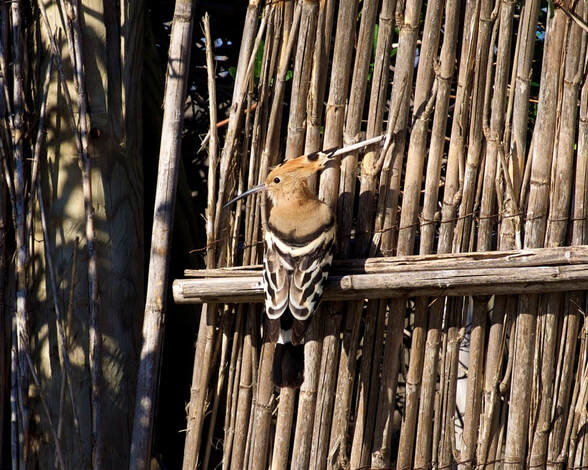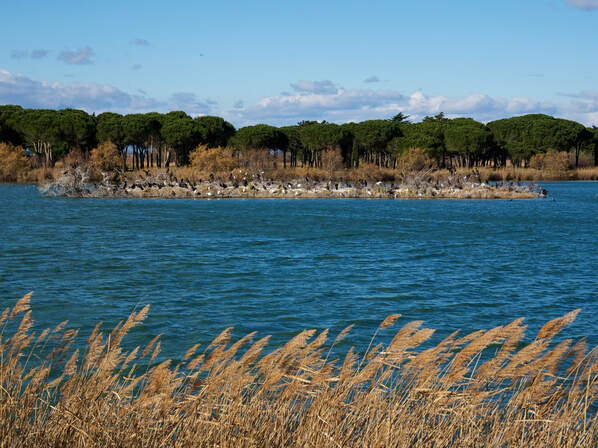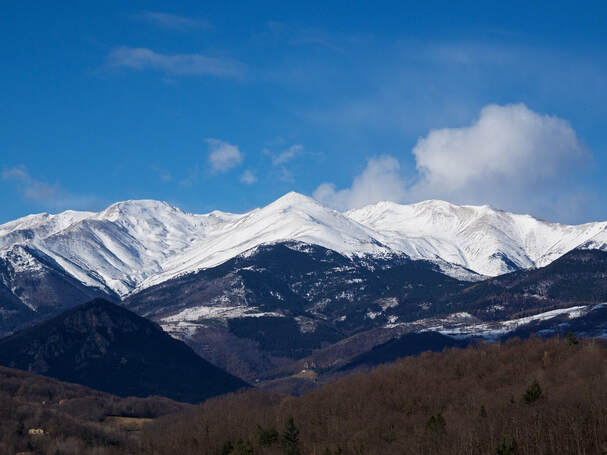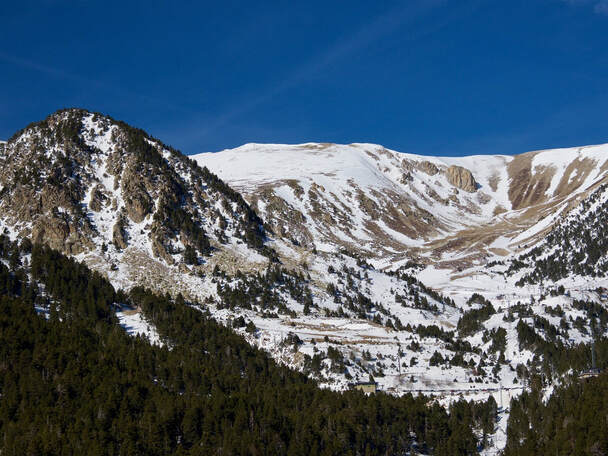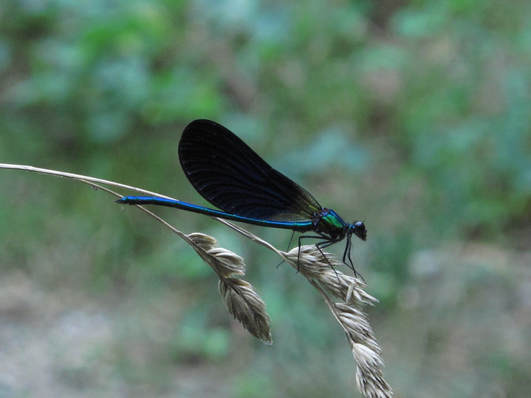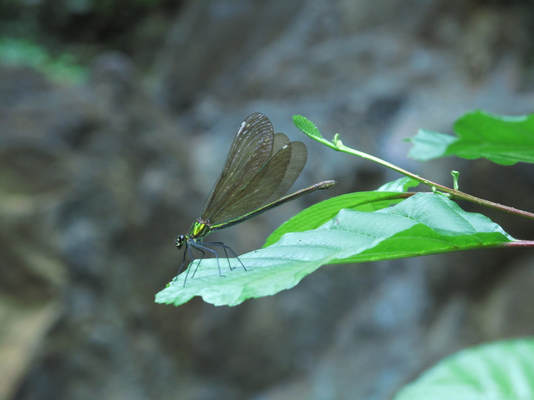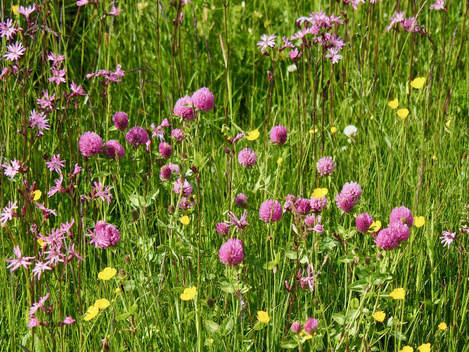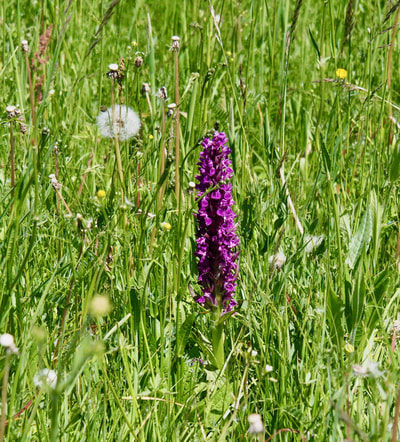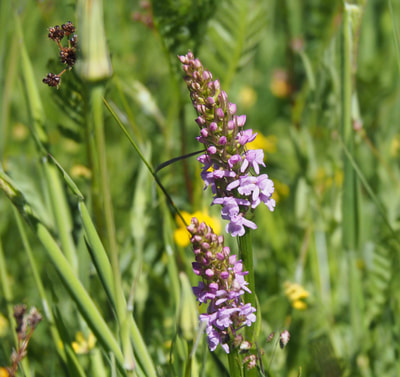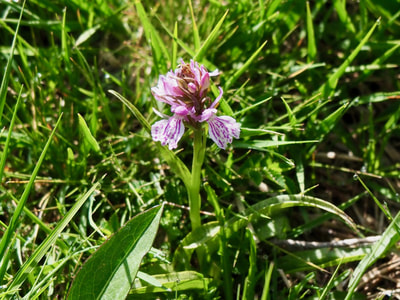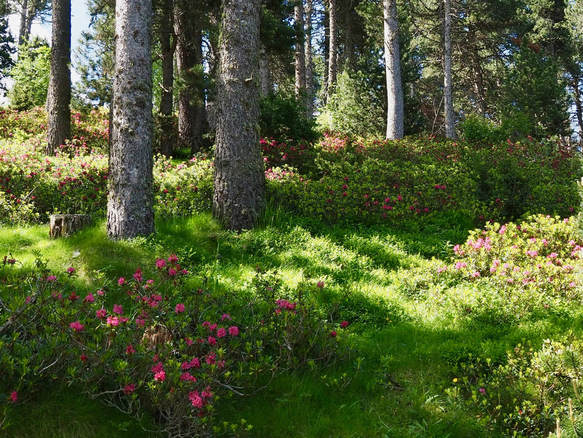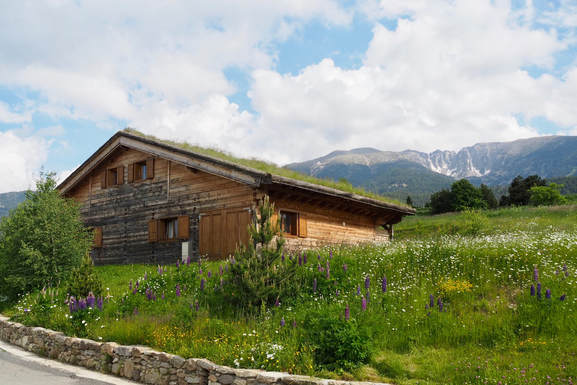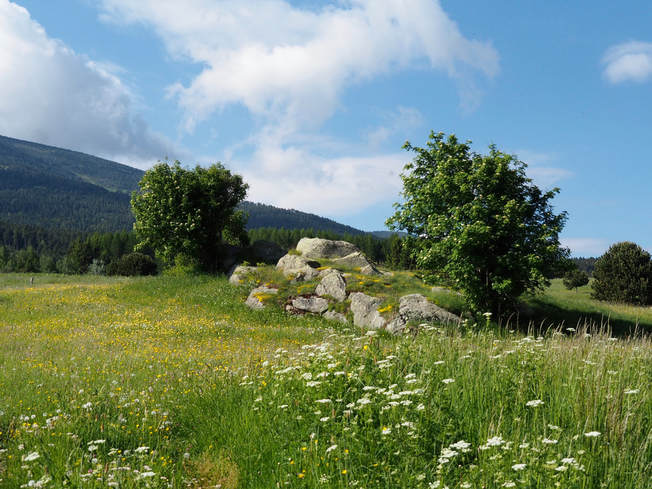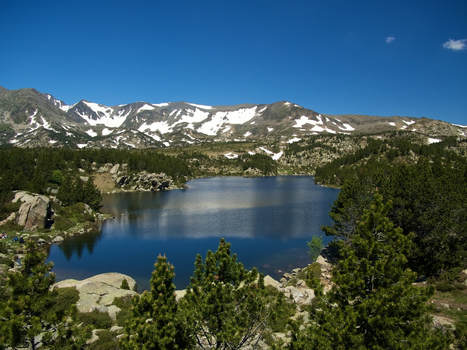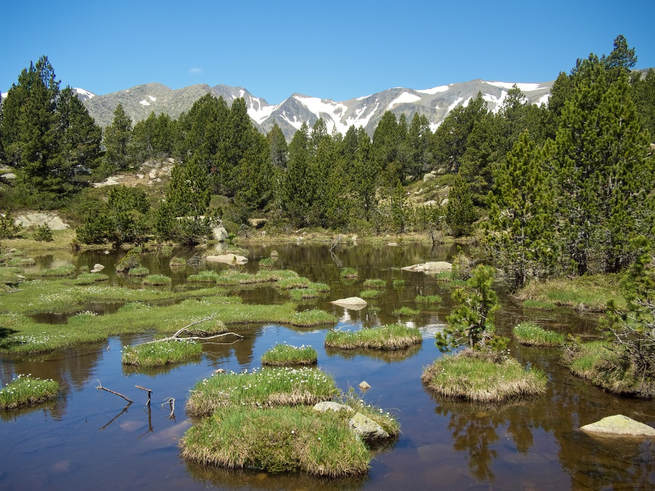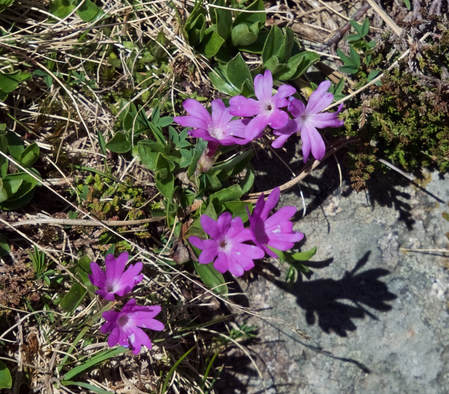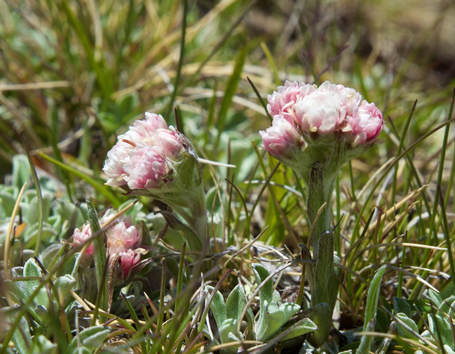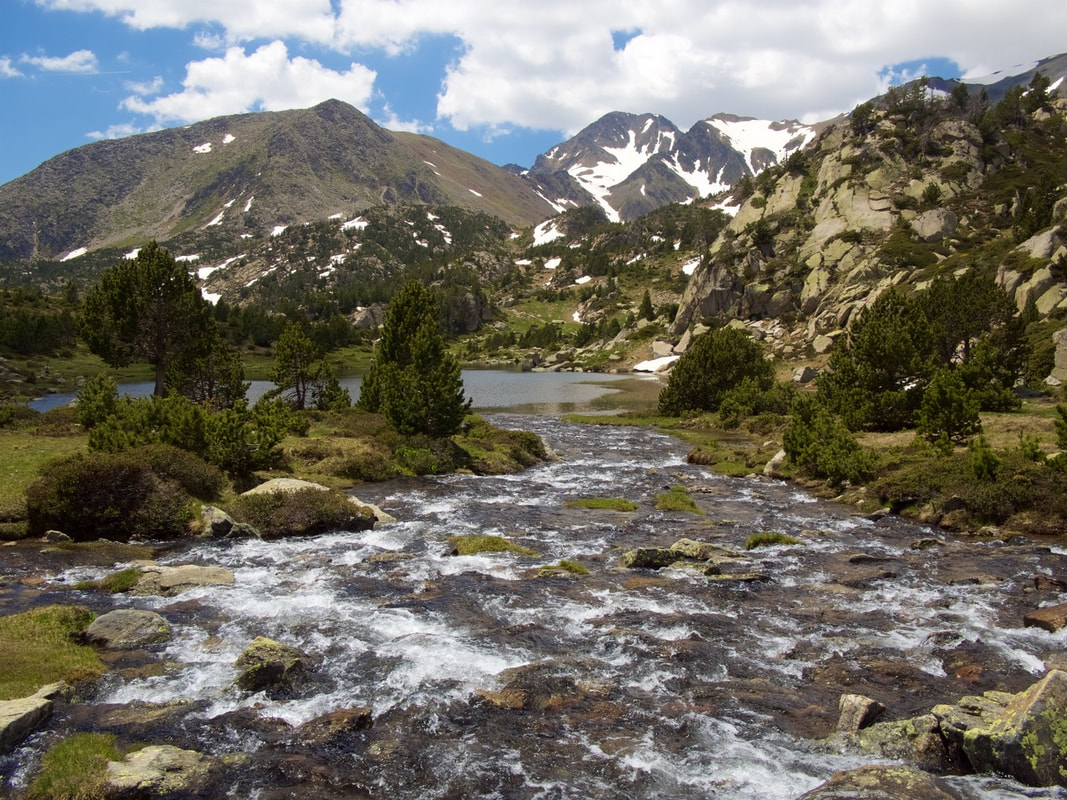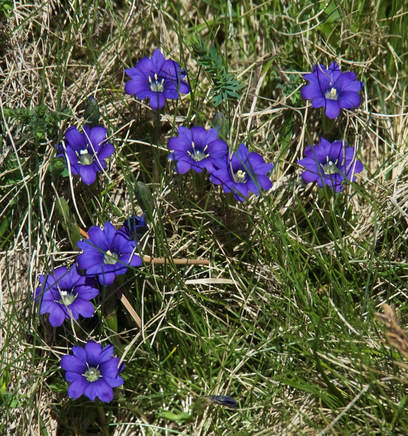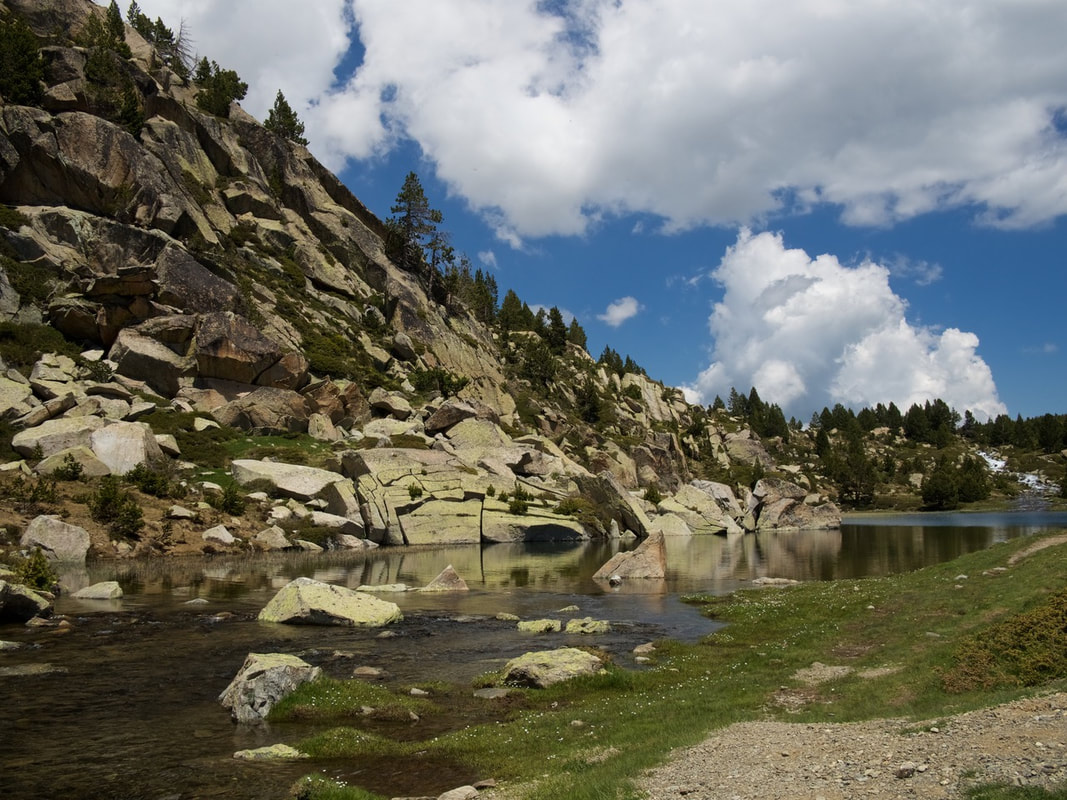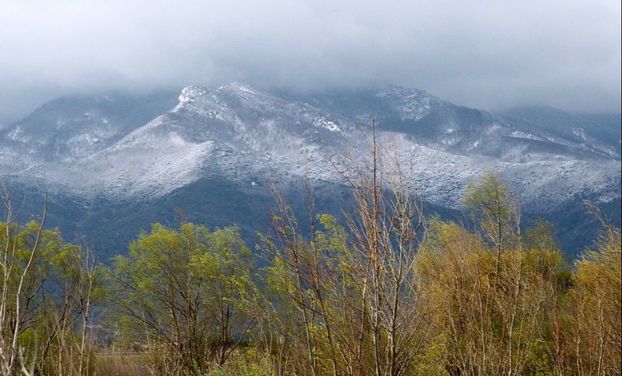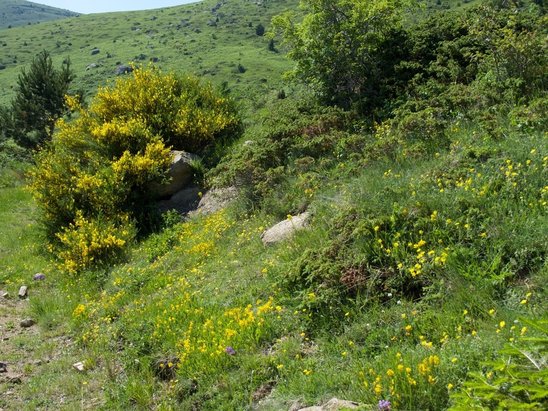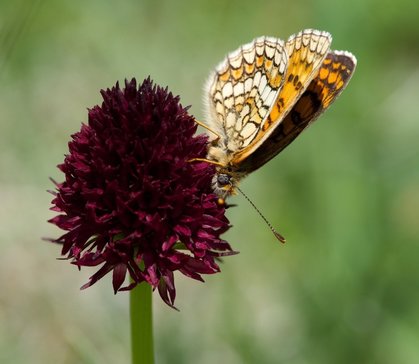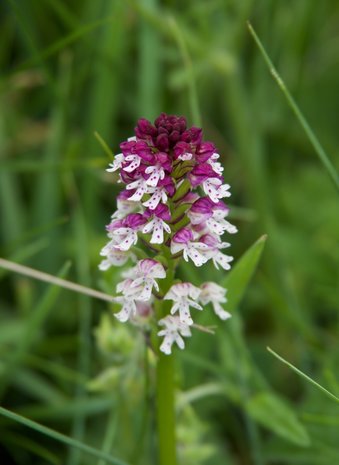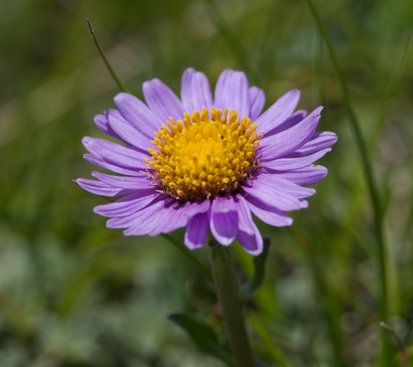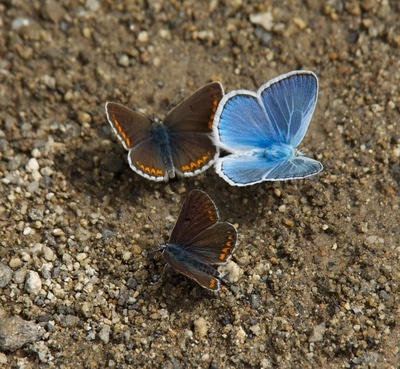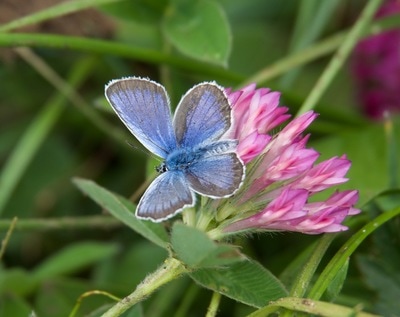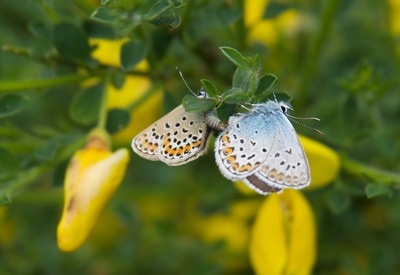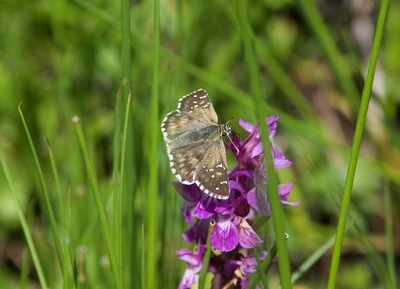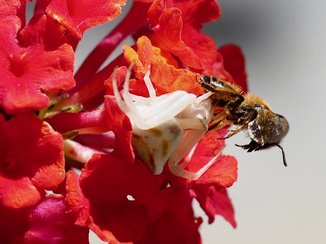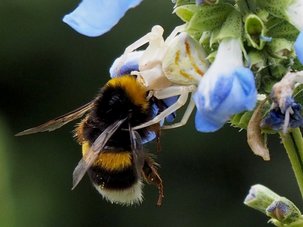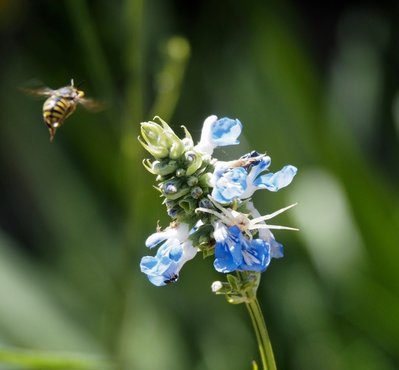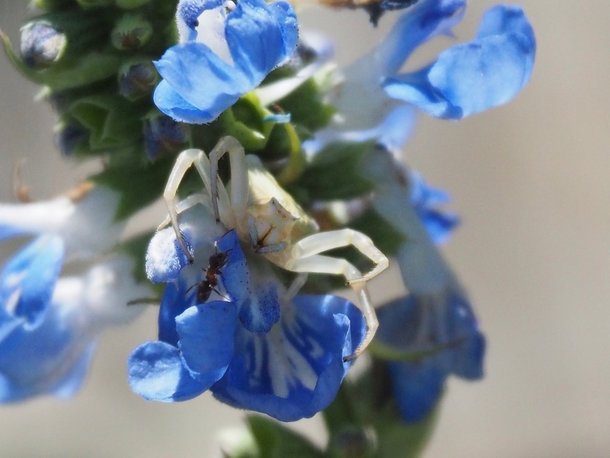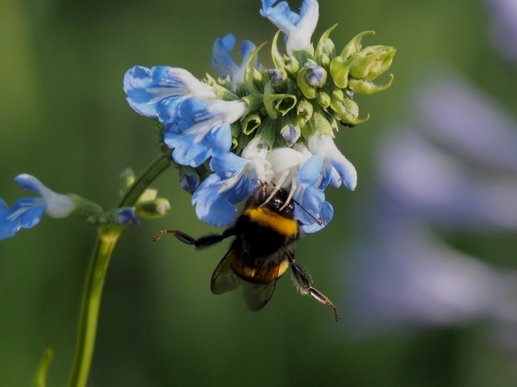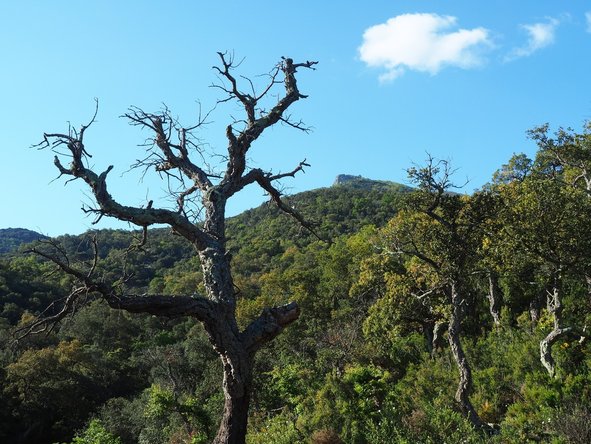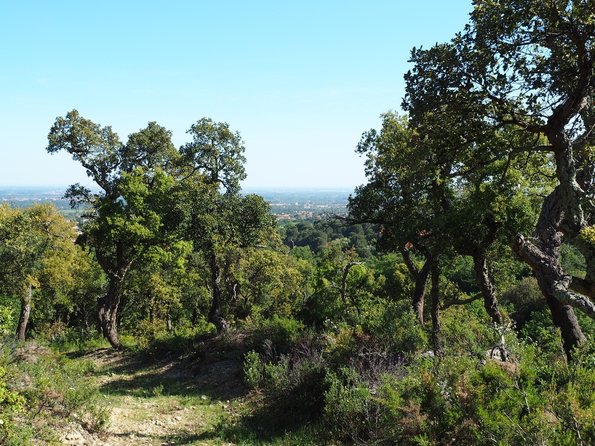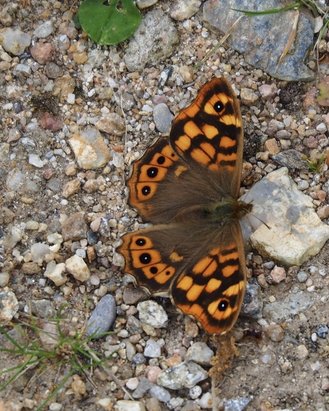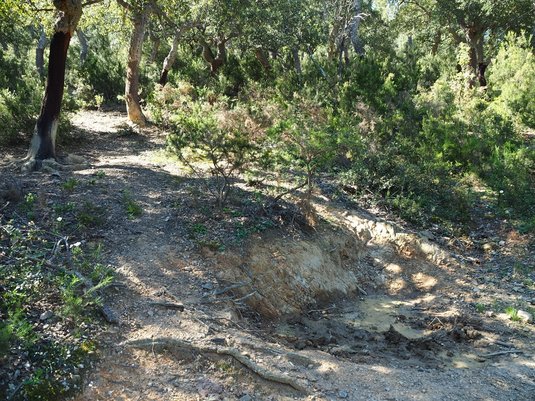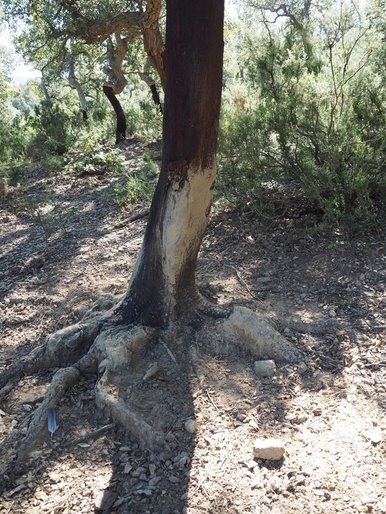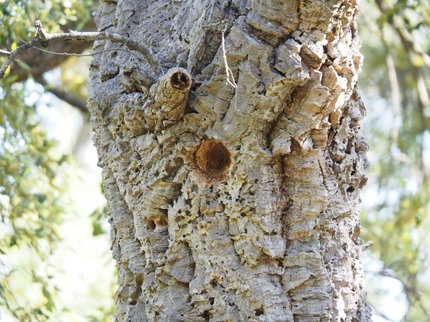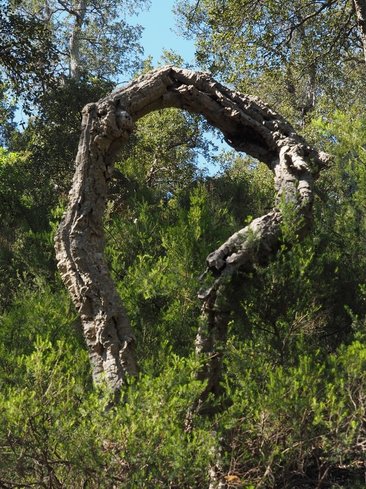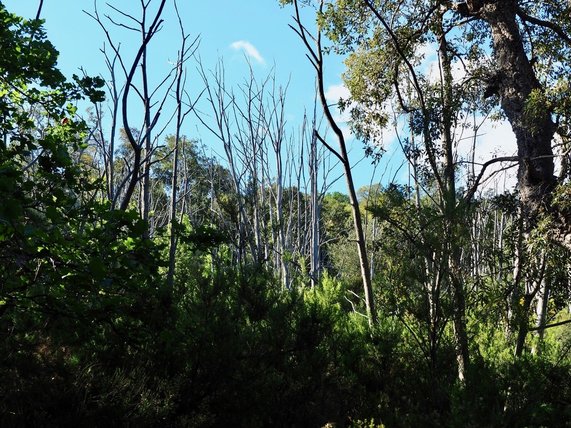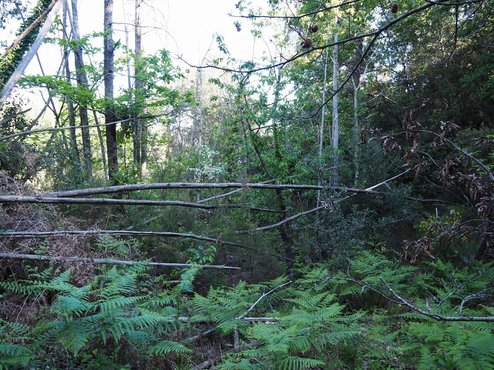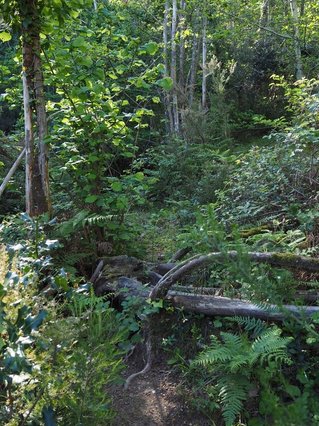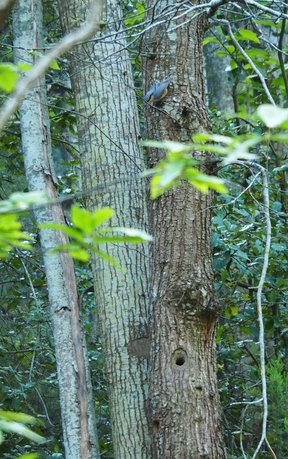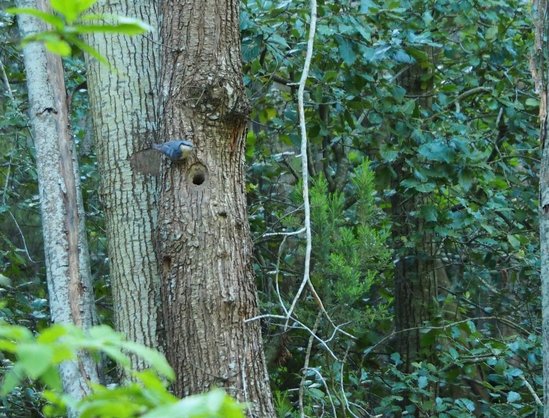In some years, we seem not to have had real winter weather until we were into the “official” Spring, but this year, albeit in fits and starts, quite a few days have been convincingly cold and dank. On the plus side, there have been a number of brilliantly sunny days – some of them very windy, which makes them more suitable for touring than longer walks. We have, accordingly, made a few rather pleasant jaunts on days when we have not been working outside in the garden.
One of these was to the coast; we spend so much time on, and in, the Mediterranean that it always seems strange to walk along its shores and know that it is totally impossible to swim in it! One day, we went first to Argeles-Plage (where we often launch the boat) and to Racou, quiet in its winter sleep. The profile of the beach has changed quite a lot during the winter; at one end, the wind has driven the sea to remove a significant amount of sand, and at the other, people have created banks of sand as some sort of defence for the chalets and cottages which are so close to the water’s edge. On rocks at the end of the beach, a few gulls and cormorants were resting above the splashing sea.
We went northwards through the quiet resorts, as far as the Etang and the Fishermen’s Huts, to which I have often made reference. Here, as so often, it was very windy, but we got out of the van to walk around, and are so glad that we did! Almost immediately, we discovered that there were no fewer than five hoopoes feeding industriously in the sandy grass; they were comparatively tame, and we had amazing views of these wonderful birds – I don’t think I will ever be able to get used to seeing them around, they are so exotic to look at. Things were quiet on our side of the wind-blasted water, but there were cormorants, gulls, great-crested grebes and a few flamingos in the distance. As we arrived, we had had distant views of a marsh harrier flying low in the wind.
On this recent visit, which was on a Saturday with blazing sun, we decided that the whole of Spanish Catalonia was out for the day, most with numerous happy (or screaming) children, enjoying a real winter wonderland.
